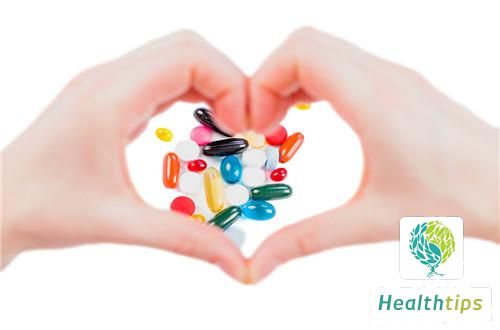What are the Benefits and Functions of Propafenone?
It can also effectively treat arrhythmia caused by hypertension and coronary heart disease. It is important to follow doctor's advice when using Propranolol and avoid potential side effects during medication. So, what are the benefits and effects of Propranolol? Let's briefly explore this aspect below.

Propranolol can inhibit the maximum rising rate of myocardial and Purkinje fiber action potential, prolong the action potential duration and effective refractory period, and slow down conduction without prolonging the Q-T interval. It can also prolong and block the antegrade and retrograde conduction of bypass tracts. Additionally, it has a weak beta-blocking effect and calcium antagonism, which can inhibit the autonomy and conduction of the sinoatrial node and His-Purkinje system, and increase the ventricular fibrillation threshold. Propranolol has been used in pediatric clinical practice in China since 1982. It is an efficient, rapid-acting, safe, and broad-spectrum antiarrhythmic drug that can be used to treat various supraventricular and ventricular premature contractions, supraventricular and ventricular tachycardia, atrial flutter, atrial fibrillation, and can block accessory bundle reentry.
Oral administration: 100-200 mg once, 3-4 times a day. Therapeutic dose: 300-900 mg per day, divided into 4-6 doses. Maintenance dose: 300-600 mg per day, divided into 2-4 doses. Due to its local anesthetic effect, it should be taken with a drink or food after meals and should not be chewed. Maximum daily dose: 0.9g. For children, the dose is 5-7 mg/kg, 3 times a day, and the dose should be halved after onset to maintain the effect.
(1) Contraindicated for patients with allergies to this drug, severe heart failure, cardiogenic shock, severe bradycardia, sick sinus syndrome, significant electrolyte imbalance, severe chronic obstructive pulmonary disease, emphysema, and patients with sinoatrial, atrioventricular, and intraventricular conduction blocks.
(2) Elderly patients may experience a decrease in blood pressure after taking the drug, so careful observation is required.
(3) The following conditions are contraindicated: ① sinus node dysfunction; ② second or third-degree atrioventricular block, double bundle branch block (unless a pacemaker is already in place); ③ cardiogenic shock.
(4) The following conditions require caution: ① severe sinus bradycardia; ② first-degree atrioventricular block; ③ hypotension; ④ liver or renal dysfunction.



















